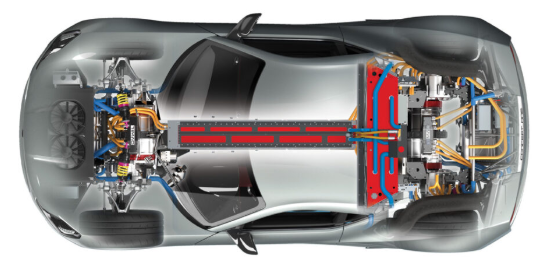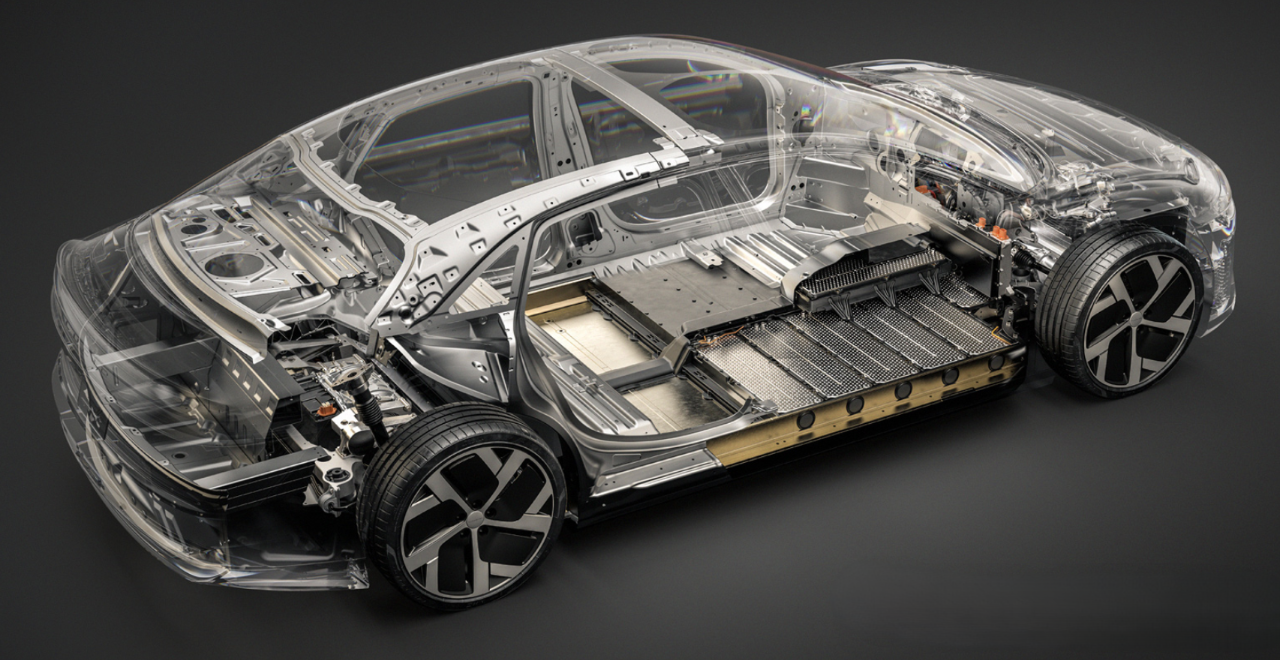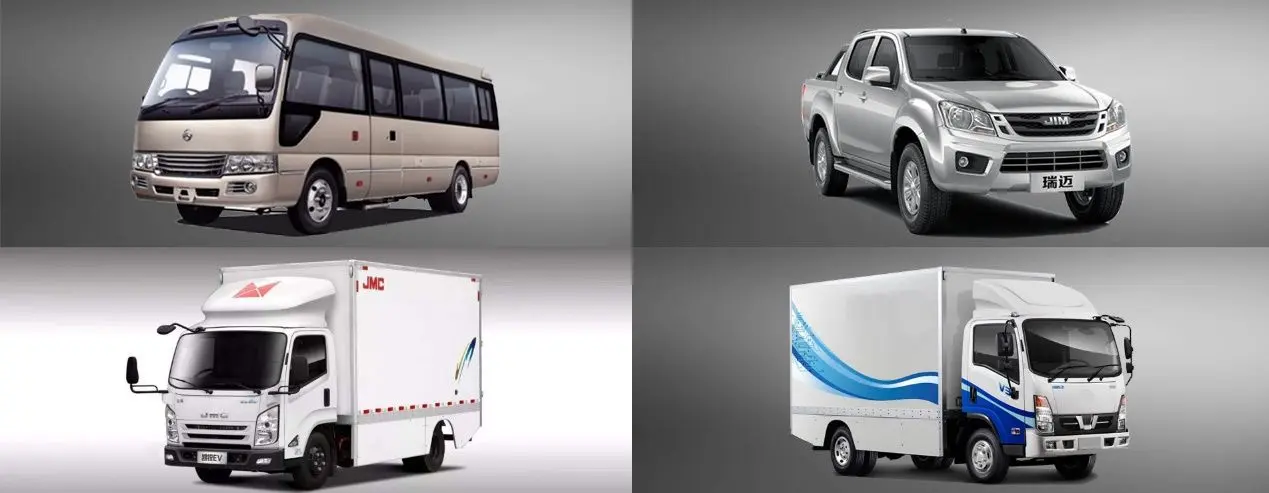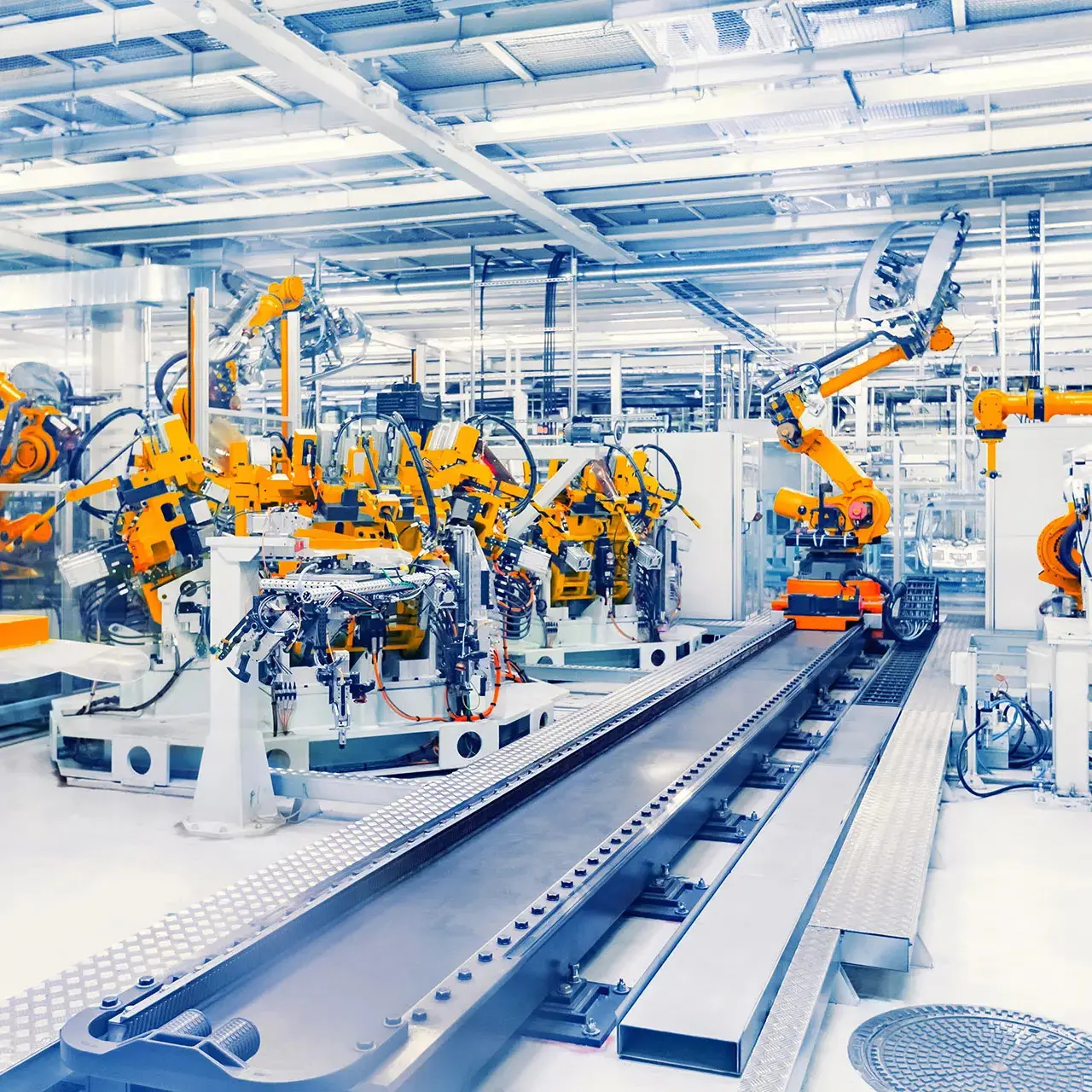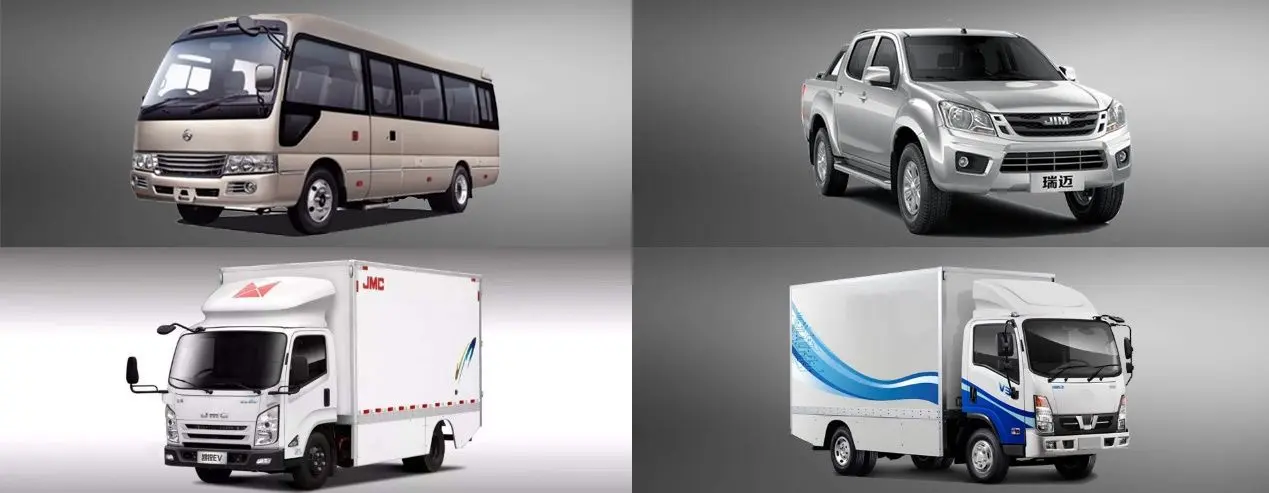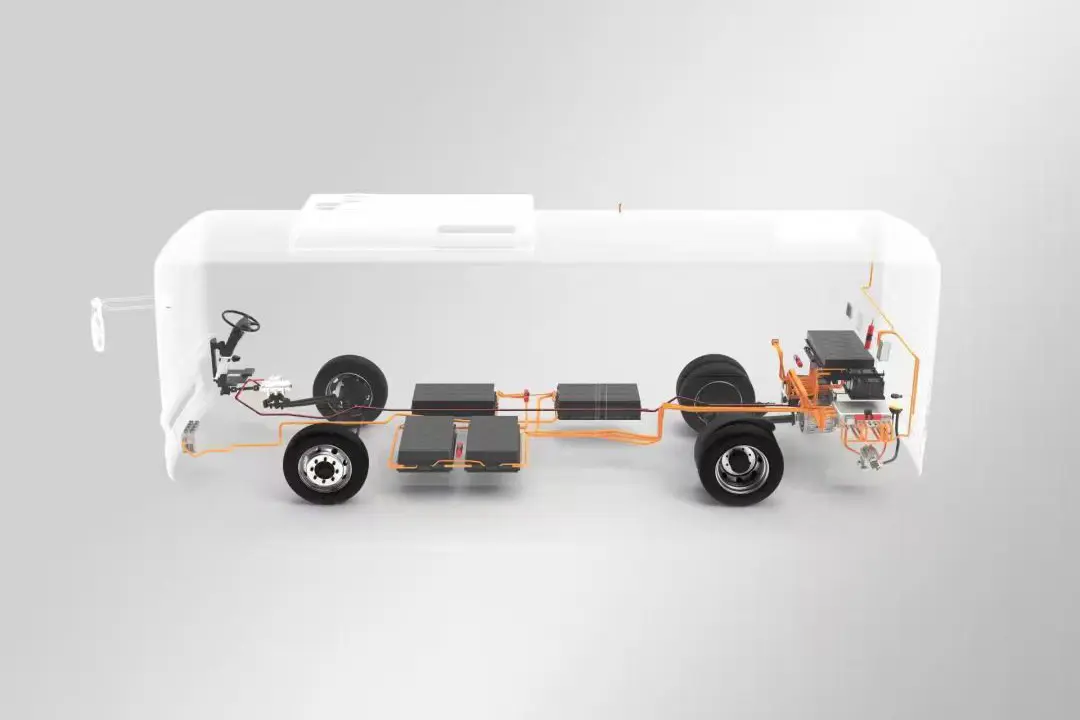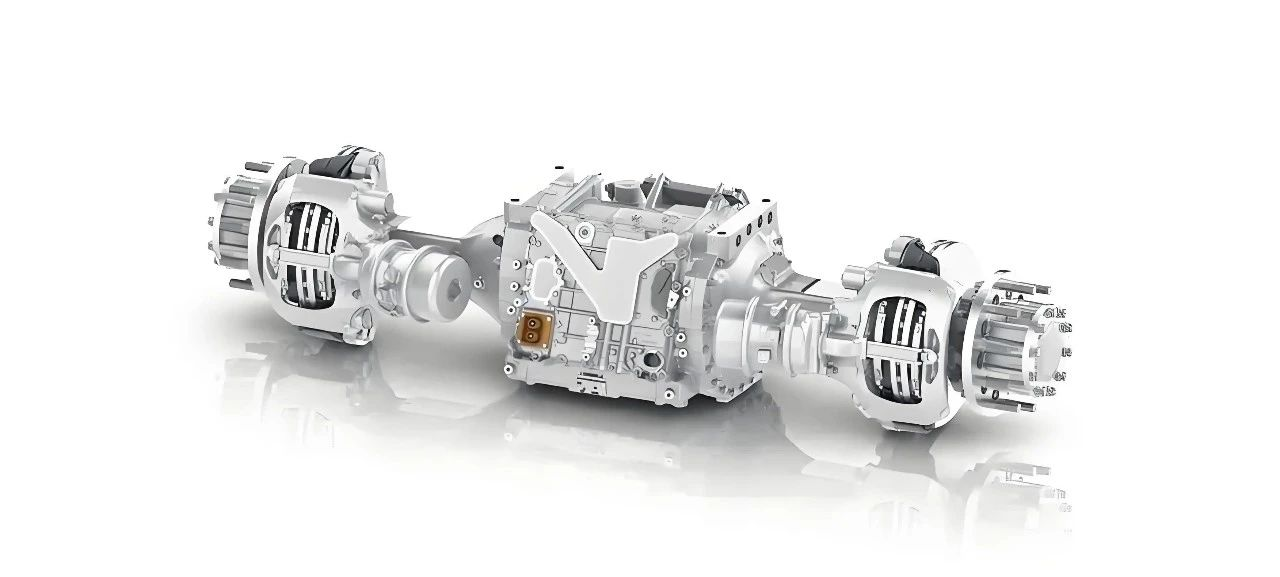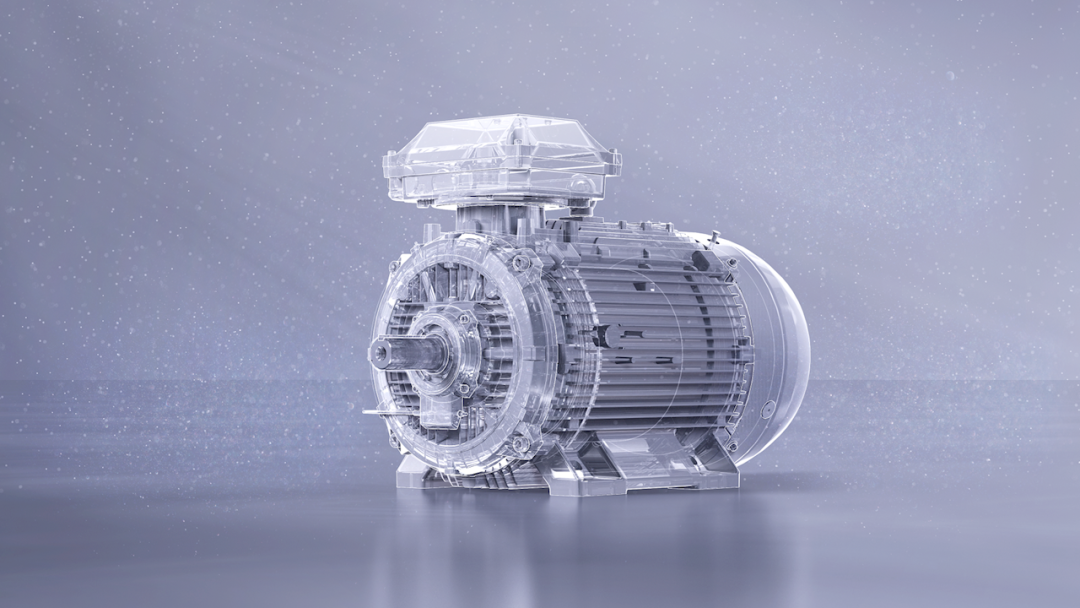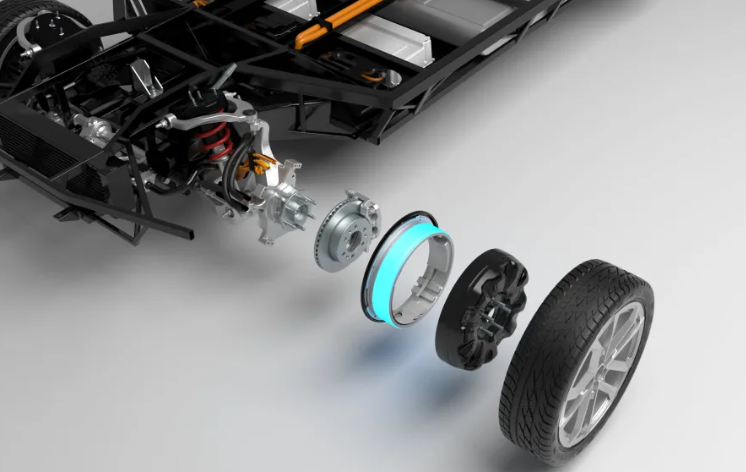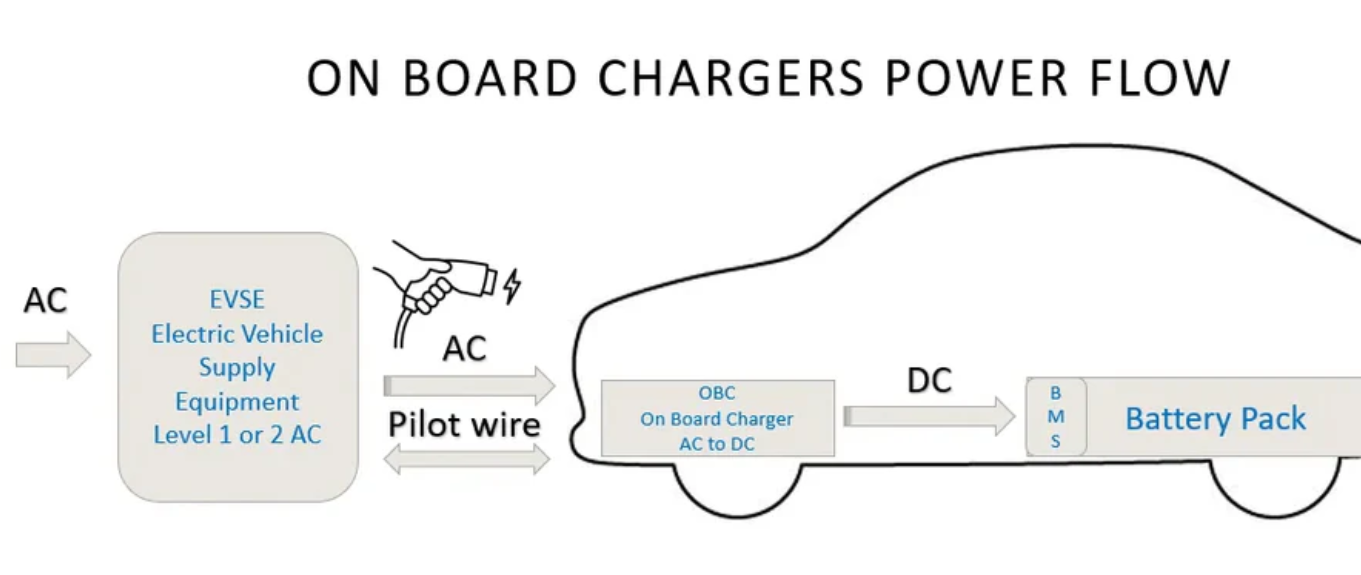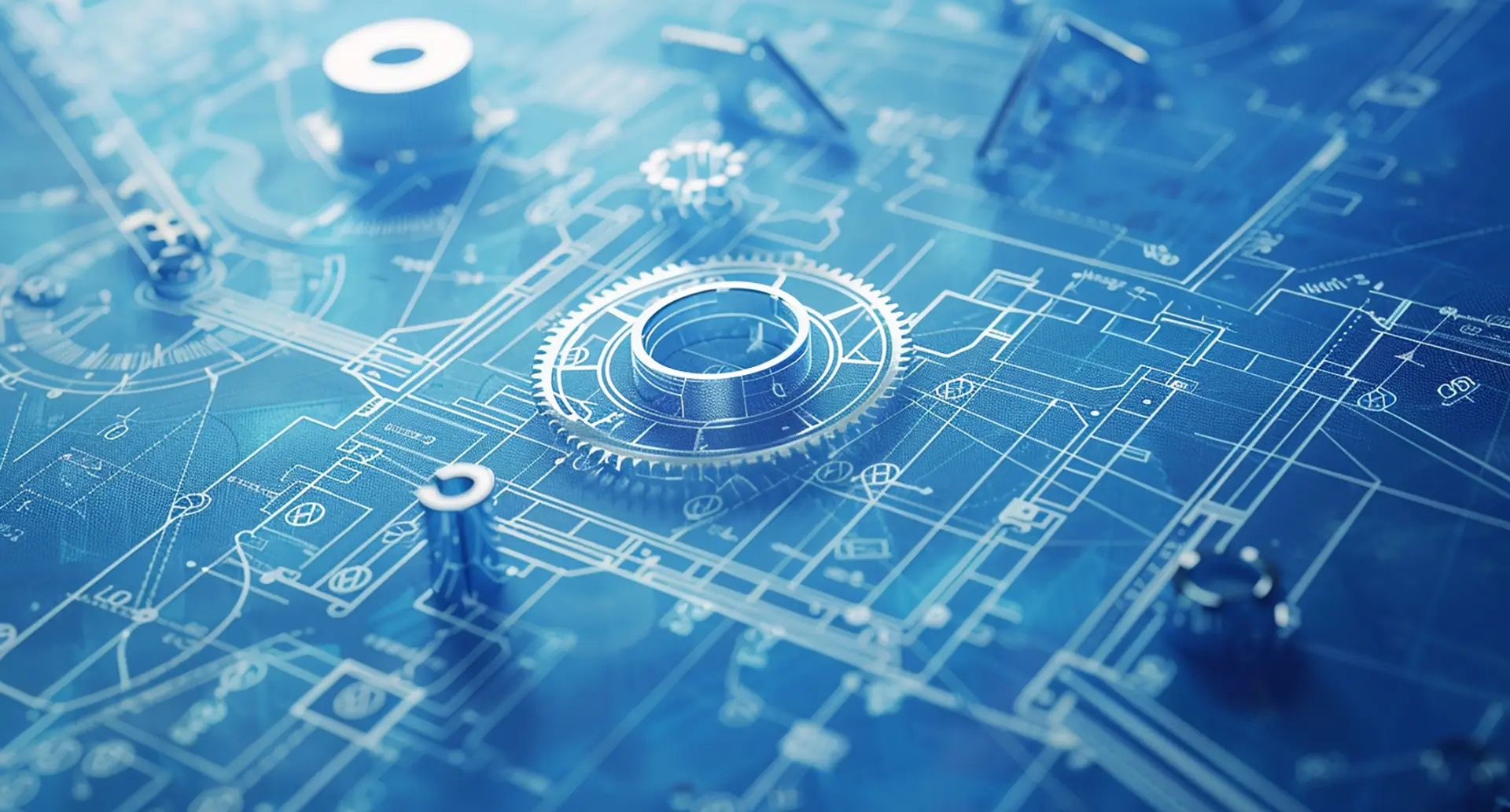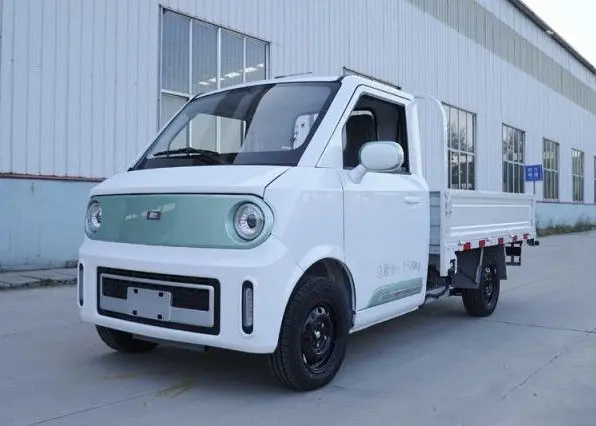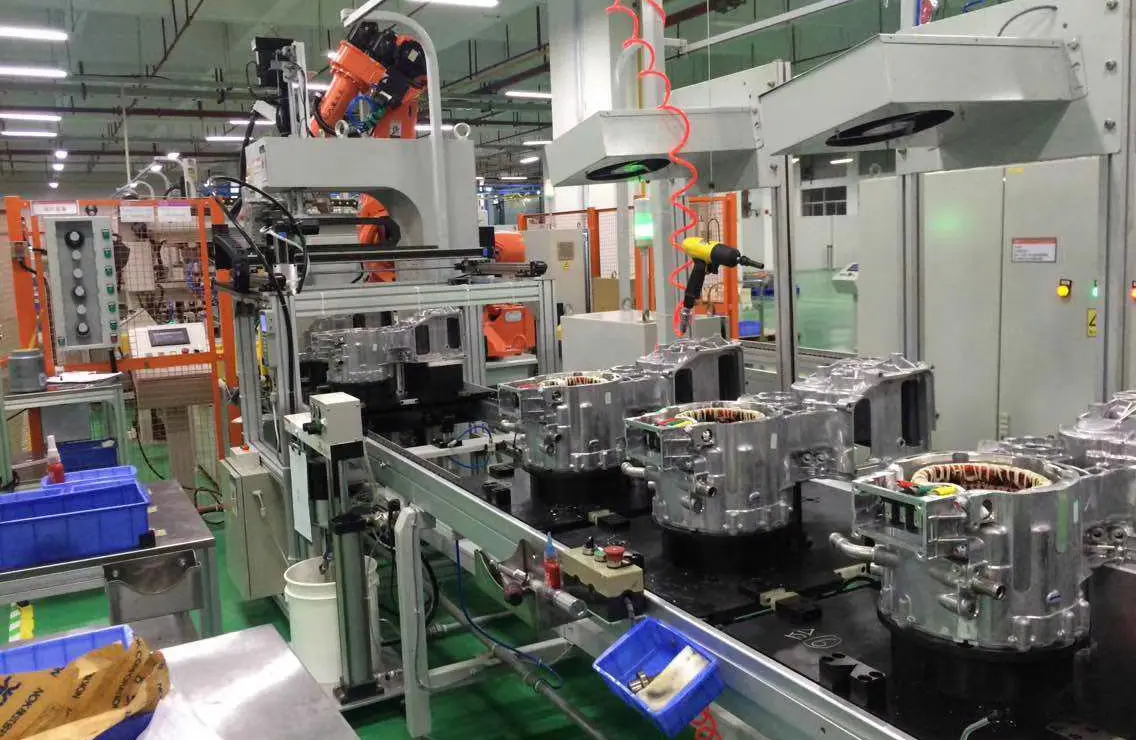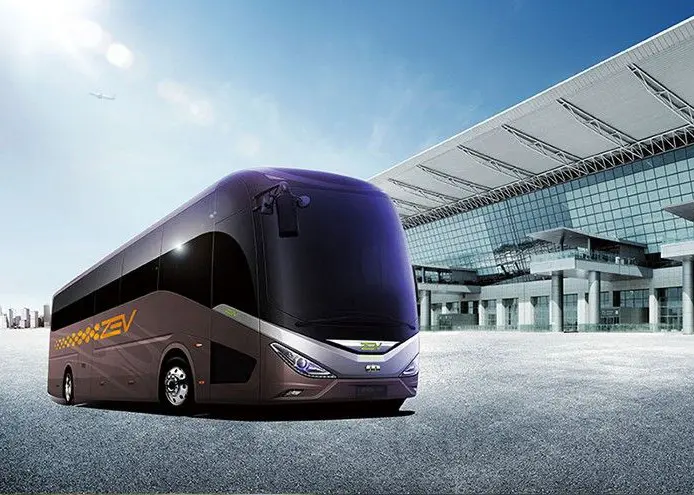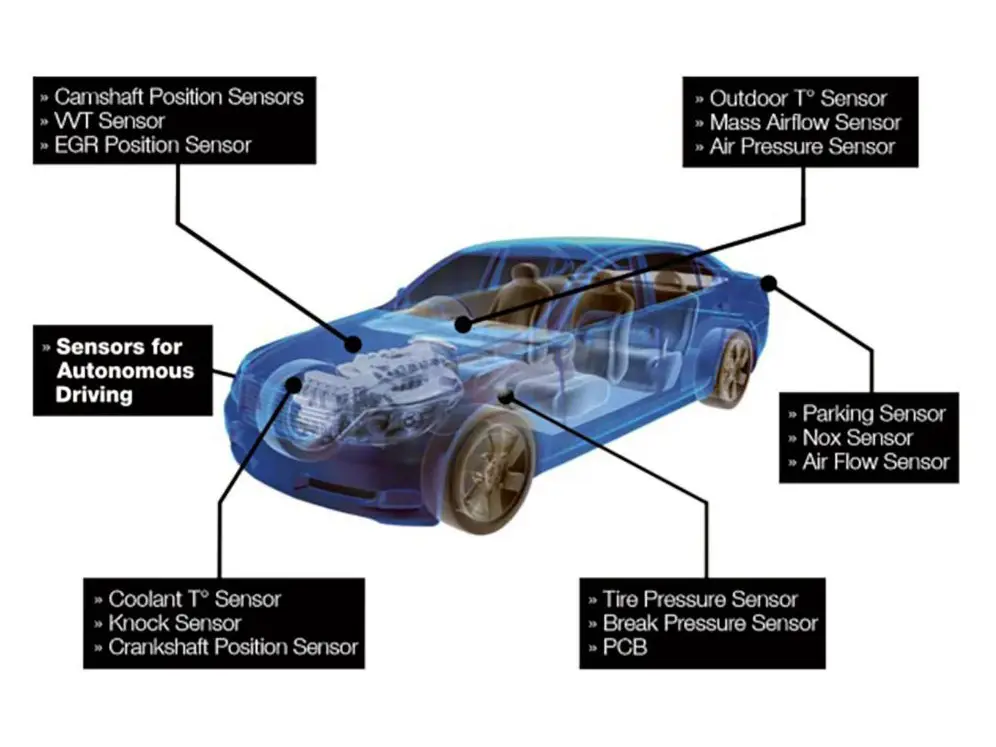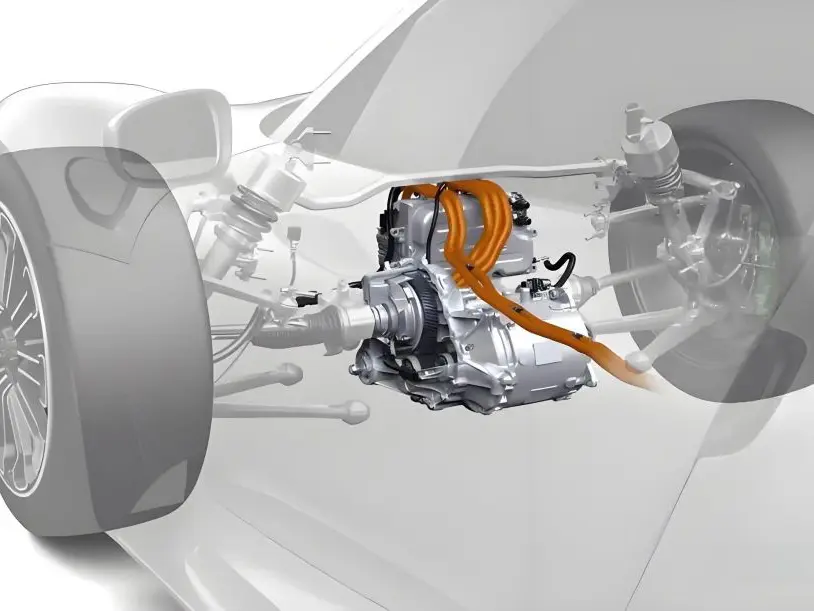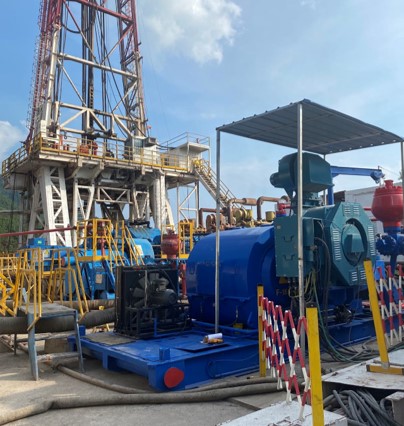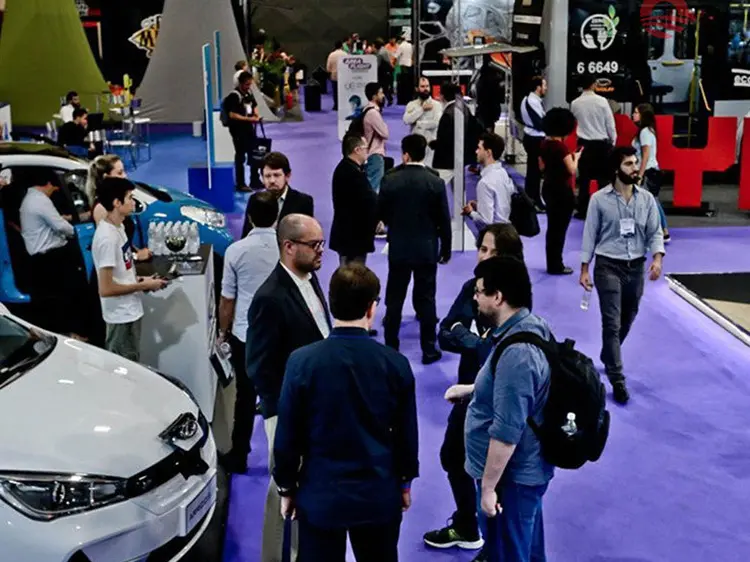EVs Could Last Much Longer Than You Think
Introduction
The electric vehicle (EV) revolution is transforming the global automotive landscape, offering cleaner and more efficient alternatives to traditional gasoline-powered cars. However, concerns about EV longevity have been a common deterrent for potential buyers. Myths surrounding battery degradation, high replacement costs, and limited vehicle lifespan often overshadow the numerous advancements in EV technology.
Contrary to common misconceptions, modern EVs are designed to last far longer than many people expect. With advancements in battery chemistry, improved manufacturing techniques, and smarter maintenance practices, EVs are proving to be durable, cost-effective, and eco-friendly in the long run. This guide explores the key factors that contribute to EV longevity, helping consumers make informed decisions when investing in electric transportation.

Understanding EV Lifespan
How Long Can EVs Last?
EVs are rapidly dispelling the notion that they have a limited lifespan. While traditional gasoline vehicles often require engine rebuilds or replacements around 150,000 to 200,000 miles, EVs have demonstrated the potential to surpass these figures. Studies indicate that modern EV batteries can maintain 70-90% of their capacity even after 8-10 years of consistent use.
For instance:
- Tesla Model S owners have reported battery retention exceeding 80% after 200,000 miles.
- The Nissan Leaf, one of the most popular EVs, has demonstrated strong battery performance in real-world conditions, with some early models surpassing 150,000 miles without significant capacity loss.
Key Factors Influencing EV Lifespan
- Battery Health: Battery performance gradually declines over time, but modern systems are designed to minimize this degradation.
- Motor Efficiency: EV motors are simpler than gasoline engines, reducing wear and tear on moving parts.
- Charging Practices: Adopting smart charging habits can significantly slow battery degradation.
- Driving Conditions: Aggressive acceleration, excessive heat, and frequent fast charging can reduce battery health.
The Role of Battery Technology in EV Longevity
Advancements in Battery Chemistry
Battery innovation plays a crucial role in enhancing EV durability. Modern EVs utilize advanced battery chemistries that improve lifespan and performance:
- Lithium-Iron-Phosphate (LFP) Batteries: These batteries offer superior longevity, often lasting over 3,000 charge cycles while being less prone to overheating.
- Nickel-Manganese-Cobalt (NMC) Batteries: Common in EVs like Tesla and Chevrolet Bolt, NMC batteries provide higher energy density, enabling longer driving ranges.
- Solid-State Batteries: This emerging technology boasts improved energy density, reduced fire risk, and a potential lifespan exceeding 500,000 miles.
Battery Management Systems (BMS)
BMS technology plays a vital role in EV longevity. It monitors battery temperature, voltage, and charging patterns to prevent overcharging or overheating. By optimizing these variables, the BMS ensures the battery operates efficiently for years to come.
Fast Charging and Battery Health
While fast charging offers convenience, excessive reliance on rapid charging stations can accelerate battery degradation. Manufacturers are mitigating this with enhanced cooling systems and protective charging algorithms to reduce heat stress during rapid charging sessions.
How Manufacturers Are Improving EV Durability
Extended Battery Warranties
Leading EV brands provide robust battery warranties to boost consumer confidence:
- Tesla offers an 8-year/150,000-mile battery warranty for certain models.
- Hyundai Kona Electric includes an 8-year/100,000-mile battery guarantee.
These warranties reflect growing manufacturer confidence in battery resilience and performance longevity.
Advanced Thermal Management Systems
Thermal management is critical to maximizing EV battery life. Modern EVs feature sophisticated cooling systems that regulate battery temperature during charging, driving, and extreme weather conditions. Liquid cooling systems are particularly effective in maintaining optimal battery temperature.
Innovations in EV Design
Manufacturers are designing EV components for minimal wear and tear:
- Regenerative braking systems reduce the strain on brake pads and rotors, extending their lifespan.
- Improved drivetrain designs eliminate traditional gear systems, minimizing mechanical stress.
Maintenance Practices That Extend EV Life
Optimal Charging Habits
Following smart charging practices is essential to preserving battery health:
- Maintain battery charge levels between 20-80% for daily use to reduce cell stress.
- Avoid consistently charging the battery to 100% unless preparing for a long trip.
- Utilize home charging solutions with stable voltage control for safer, consistent charging.
Software Updates
EV manufacturers frequently release over-the-air (OTA) updates that enhance battery efficiency, optimize charging performance, and extend component lifespan. Staying up to date with these updates is crucial for maximizing vehicle longevity.
Tire Maintenance
EVs often experience faster tire wear due to their heavier battery weight and instant torque. Regularly rotating tires and maintaining proper alignment reduces uneven wear and ensures stable driving performance.
Brake System Care
Although regenerative braking reduces friction wear, periodic brake fluid checks and inspections are essential for long-term reliability.
Routine Cooling System Checks
Maintaining the cooling system ensures battery temperature stability, especially during fast charging or prolonged use.
The Environmental Impact of Longer-Lasting EVs
Reducing Resource Extraction
Longer EV lifespans reduce the demand for new battery production, minimizing the need for mining lithium, cobalt, and nickel—resources that have significant environmental impacts.
Minimizing Waste
Extending battery lifespan delays the need for recycling or disposal. Moreover, retired EV batteries are now commonly repurposed for energy storage systems in homes, businesses, and even power grids.
Lowering Carbon Footprint
Since EVs already reduce tailpipe emissions, increasing their lifespan further enhances their environmental benefits. A long-lasting EV offsets the energy consumed during production and minimizes the overall carbon footprint of the vehicle's lifecycle.
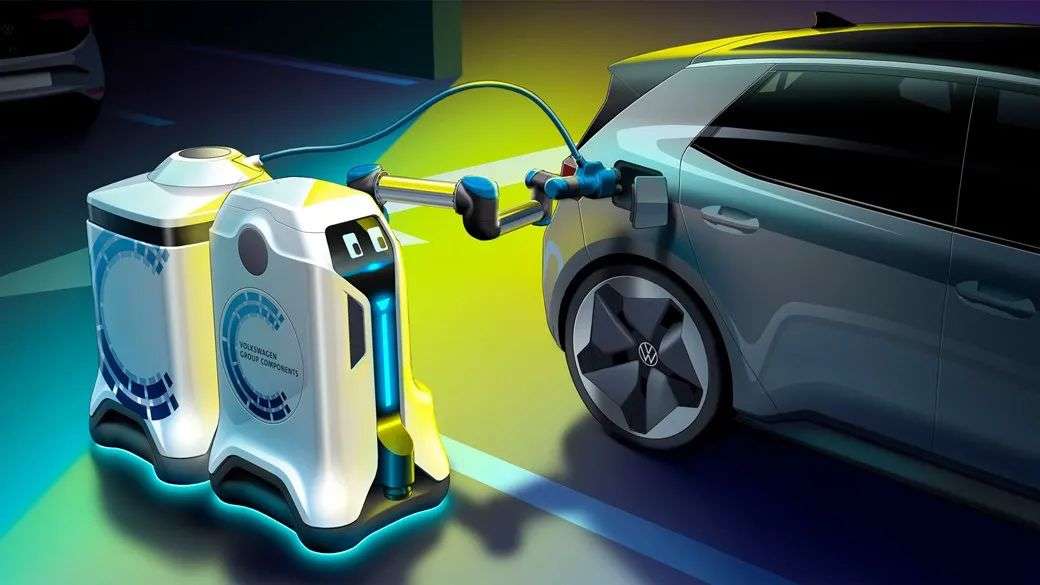
Potential Challenges in Achieving Maximum EV Lifespan
Extreme Climate Conditions
EV batteries may degrade faster in areas with extreme heat or freezing temperatures. Manufacturers are addressing this with improved insulation, pre-conditioning systems, and enhanced battery cooling technology.
Charging Infrastructure Concerns
Inconsistent voltage supply or reliance on outdated charging stations may affect battery health. Investing in high-quality charging cables and stations helps mitigate these risks.
Consumer Awareness
A lack of knowledge about proper EV maintenance practices can hinder vehicle longevity. Manufacturers are increasingly providing resources, apps, and notifications to guide owners in adopting healthier driving and charging habits.
Conclusion
EVs are proving to be more durable and longer-lasting than once assumed. Advancements in battery chemistry, improved manufacturing techniques, and effective maintenance strategies have collectively improved EV longevity. With some models exceeding 200,000 miles and ongoing innovations pushing this even further, EVs are becoming a sustainable and reliable transportation solution for modern drivers.
By embracing best practices for battery care and staying informed about evolving EV technologies, owners can ensure their electric vehicles remain efficient, eco-friendly, and cost-effective for years to come. The future of EVs isn’t just electric—it’s built to last.
Read More: How DC/DC Converters for Electric Vehicles Work and Are Maintained











